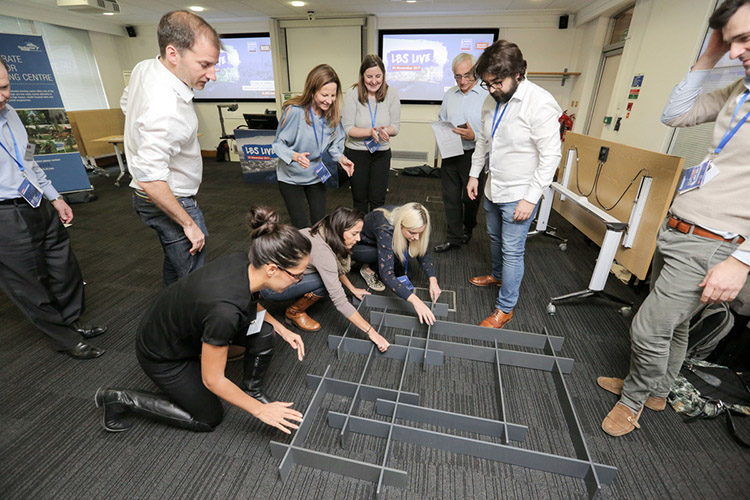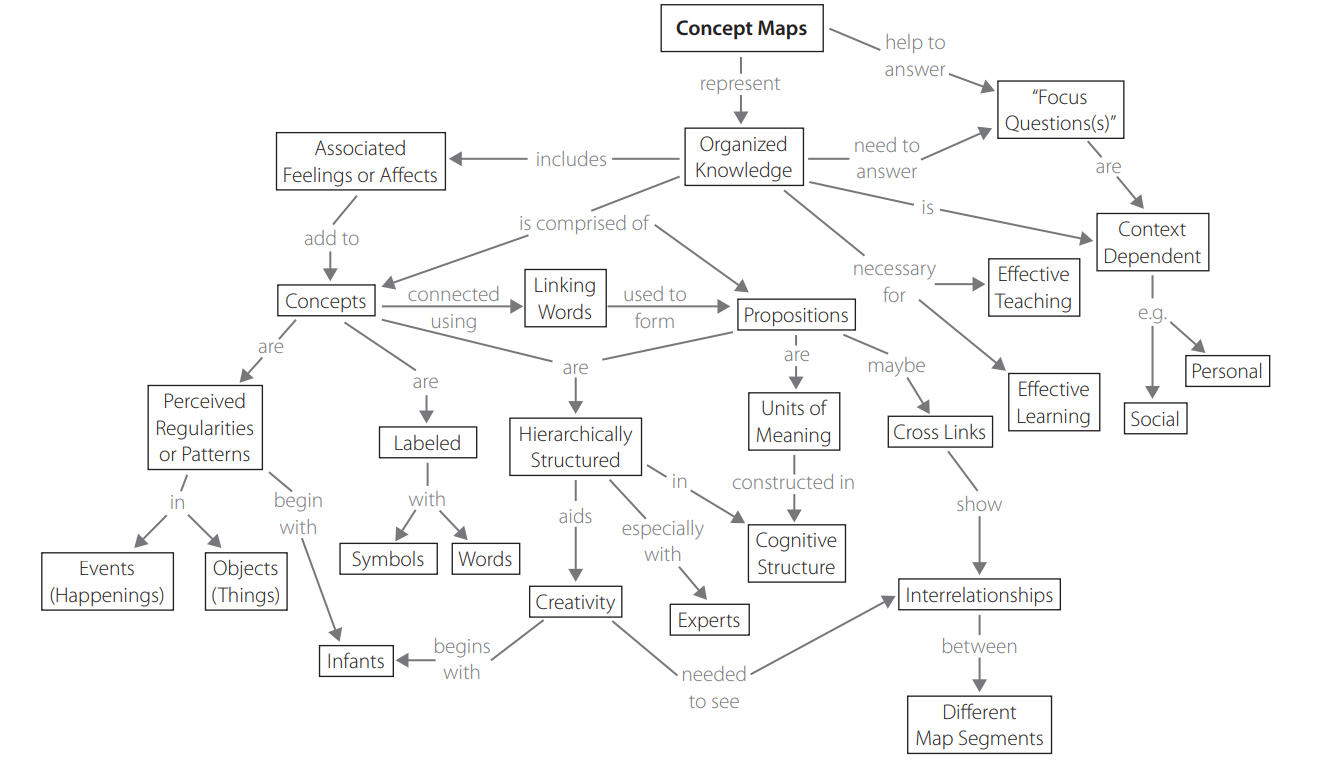![]()
| How students organise knowledge influences how they learn and apply what they know. |  |
Imagine you are asked to memorise 20 random facts for a subject you know nothing about.
Now imagine you are asked to memorize 20 items of food you’ve never seen before. But, you are told there will be: 5 vegetables, 5 pieces of fruit, 5 types of bread and 5 types of meat. Does that feel a little more achievable?
As an expert in your field, you will — often unconsciously — organise your knowledge around meaningful features and abstract principles. This complex network allows you to connect important facts, concepts and procedures that support your retention, performance and future learning.
But students seldom have such well-developed knowledge structures. So it’s up to us to help them build rich, meaningful knowledge organisations that support their learning and performance.
Let’s look at a comparison between some typical novice and expert knowledge organisation structures.


- Student is unaware of links between areas of knowledge
- May not recognise contradictions between individual pieces of knowledge
- Knowledge retrieval is slow

- A linear chain of connections
- Can be good for procedural knowledge but causes problems if one link is broken
- Not very adaptable
- Slow to retrieve knowledge as you have to go through the sequence to get to the knowledge node


- Hierarchical knowledge structure
- Experts have an understanding of how information fits within a complex structure
- Fast knowledge retrieval based on highly organised structure

- Highly interconnected knowledge structure
- Cross referencing between areas of knowledge
- Highly flexible and adaptable
As we move from novice to expert in a knowledge domain, we see the following changes developing:


- Increasing density of connections
- Automatic processing of new information into chunks to build larger, more interconnected knowledge structures
- Ability to see patterns and relationships between information, which helps with problem-solving
- Knowledge organised around meaningful features and patterns, allowing for flexibility using multiple organisations
Identify knowledge organisation that supports learning and is appropriate to the tasks.
Analyse your own knowledge organisation
Do you know how you organise your own knowledge for your subject? This can be tricky for experts who are unconsciously competent (more on this when we look at Mastery). Try creating a concept map to represent your knowledge visually. Once you are clear on your own knowledge organisation, use this to aid course design — or share with students as an organiser for them to ‘hang’ their learning on.

Novak, J., & Gowin, B. (1984). Learning how to learn. Oxford: Cambridge University Press.
Analyse tasks to identify the most appropriate knowledge structure
For example, asking students to draw comparisons on the use of cerulean blue in fine art would be harder in a course organised around chronological periods rather than colour and composition. By matching the course organization to required tasks you can support students' learning and performance.
Explicitly share the knowledge organisation of the course and sessions.
Provide students with the organisational structure of the course
Provide students with the organisational structure and relationships between key concepts or topics. Giving students a knowledge organisation system in advance helps them ‘hang’ their new learning on a system that supports learning and performance. Research shows that this is more effective than when students are left to choose their own organisational structures.
Explicitly share the organisation of each lecture, lab, or discussion
In addition to sharing the big picture for the course, you should also share overviews for each lecture, lab or discussion. Make sure your headings are meaningful, as this will help students organise their knowledge and retrieval. 'Introduction', 'Key Concepts', and 'Summary' are not going useful hooks to hang learning on!
Help draw comparisons and highlight anomalies and deep features.
Use Contrasting and Boundary Cases to Highlight Organizing Features
To increase the number and quality of connections between knowledge, it's helpful to present compare and contrast examples and activities. Or to highlight anomalies or boundary cases. Both of these techniques help students focus on the salient features and differences and allow them to build deeper knowledge organisation.
Explicitly Highlight Deep Features
In order to help students deeper their knowledge organizations try providing examples of problems that look the different on the surface but share deeper features. Helping students identify underlying features and principles helps them to build more meaningful connections.
Make Connections Among Concepts Explicit
Boost your students ability to make connections between different concepts, by highlighting the connection for them. For example: You can see the similarity/difference between concept A we looked at last week, with this concept B we are looking at today”. It’s good practice to ask questions that encourage students to identify these connections for themselves.
Encourage Students to Work with Multiple Organizing Structures
One of the characteristics of the expert is their ability to draw on multiple knowledge organisations, to suit the task at hand. Give students practice at organizing knowledge in multiple different ways and then ask them to think about how and why each categorisation would be useful. For example: organizing plants by genus, then reorganising them by growing conditions. Which of these would be the more useful mental schema for designing a sustainable garden?
Monitor and expose students’ knowledge organisation.
Ask Students to Draw a Concept Map to Expose Their Knowledge Organizations
You can do this at the start of a course to review students prior knowledge and then as a tool throughout to monitor their progress.
Use a Sorting Task to Expose Students’ Knowledge Organizations
Ask students to sort different problems, concepts, or situations into categories to reveal how students organize their knowledge.
Monitor Students’ Work for Problems in Their Knowledge Organization
Look for patterns in mistakes students make in their work. If they are consistently making similar mistakes, it could be that there is a correction needed to a connection or categorisation in their knowledge organisation.

What does this mean for you as an instructor? Let’s wrap up with five key takeaways:
- Students won’t typically have the same complex, interconnected and adaptable knowledge structures that you have as an expert.
- Analyse your own knowledge organisation and identify which structures are going to be most beneficial to students' learning and performance.
- Give students clear and meaningful headings to ‘stick’ their learning onto.
- Design activities to help students deepen the connections between their knowledge and to organise it through multiple perspectives.
- Monitor students’ knowledge organisation to identify issues.
